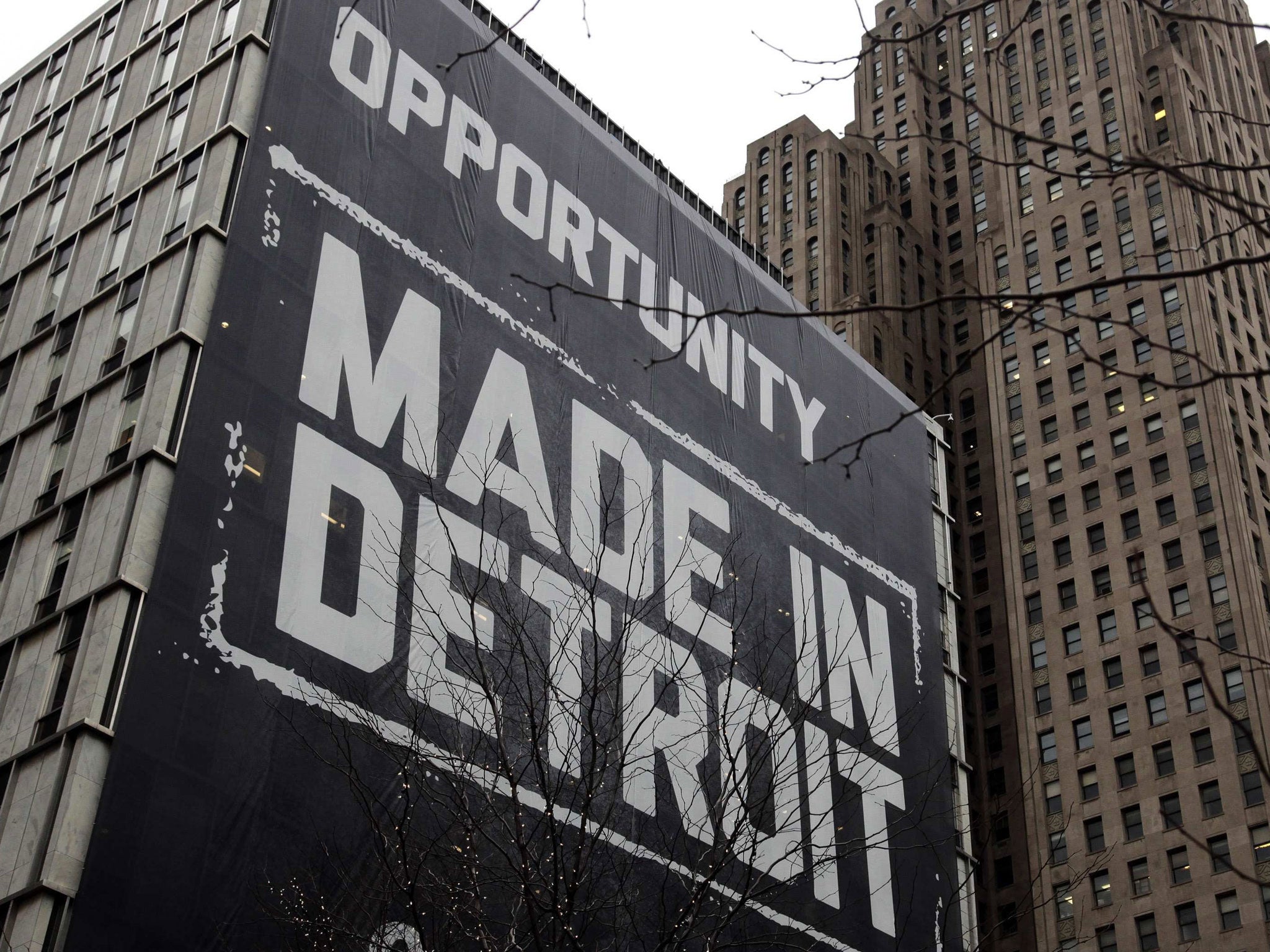It won’t be easy, but Detroit will rise again
Out of America: For 20 years this newly bankrupt city, in the words of a Tamla tunesmith, has really got a hold on me. The recovery is already beginning


If you want a case of real urban death in America, consider not Detroit but Pithole. If you’ve never heard of the place, don’t worry. There’s nothing there now, just the wind, trees and rough-mown strips marking where streets once stood.
Detroit is today a metaphor for the car industry. Back in the 1860s Pithole was fleetingly synonymous with oil, the modern world’s first oil boom town when they discovered black gold in remote northwestern Pennsylvania. In just 12 months the population rocketed from zero to 20,000, half the size of Detroit which had been around since 1701. Boom turned to bust, and inside a decade Pithole had quite literally vanished from the face of the Earth.
Not so Detroit, though on reading the news last week, you might believe a comparable fate awaited what once was the fourth biggest city in the United States. It’s just filed America’s largest ever municipal bankruptcy, probably the largest in all recorded history. Incontestably, Detroit is on its knees. But it’s anything but dead.
I first went there in 1991, and ever since, to borrow the words of a great Tamla-Motown tunesmith, the place has really got a hold on me. Detroit’s problems go back half a century and were already evident then. In those days there was “Devil’s Night”, an annual arson fest on the night before Hallowe’en, when one year 800 empty houses went up in flames. You could also visit the Heidelberg Project, set in an inner-city neighbourhood, by then already a virtual wasteland, in which the artist Tyree Guyton painted houses and festooned the streets with baubles and bric-a-brac – testament to a lost past, but also to Detroit’s resilience.
Since then things have gone from bad to terrible. Even so, Detroit remains a great US city, repository as few others are of American history, warts and all, and one that within its shocking decline surely nurtures the seeds of rebirth.
In retrospect last week’s $20bn (£13bn) bankruptcy was the only option. The causes are multiple and well known: the chronic problems of a mismanaged car industry, and a city leadership that was variously confrontational, undisciplined and inept, on occasion downright corrupt. Then came the 1967 riots and a surge in crime, which led to white flight to the suburbs and the consequent collapse of the city’s tax base. Not surprisingly, decay simply fed upon itself.
The city’s population fell from almost two million in 1950 to 700,000 today. Vast tracts of Detroit emptied; the more fortunate parts became urban farms, others simply reverted to nature, much like the lost cities of the Mayans reclaimed by the jungle. And there wasn’t even the money to tear down the graffiti-strewn monuments of Detroit’s glory years, whose continued existence has spurred a genre of voyeuristic photo reportage rightly described as “ruin-porn”. The Mexican-US border has its contrasts, but none to compare with Detroit. Crossing on a dark, wet winter’s from the chic white municipality of Grosse Pointe into the city proper, you might be Orpheus descending to the underworld.
The way back will not be easy. Bankruptcy is a messy business – as shown on Friday when a judge rejected the bankruptcy petition, only for the state authorities to file a countersuit. There will be months, maybe years, of litigation. Lawyers will make fortunes, but many public-sector workers will see their pensions wiped out. It may be a year or more before the process is completed. The reward however is the opportunity for a new start.
And how much there is to work with. Not least, Detroit is a terrific sports city. The baseball Tigers are again among the best in the land. And thanks to the eternally successful Red Wings, Detroit also bears the moniker of “Hockeytown” And where does the team play? In the Joe Louis arena, named after the city’s greatest sporting son.
Even more important, the heart of Detroit is recovering its vibrancy. Despite the trauma of bankruptcy, young people are moving back to live downtown, and small businesses are springing up. As for Ford, Chrysler and GM, they are once again making cars Americans want to buy. Yes, as with the motor industry, federal financial guarantees may be needed. But Detroit has a future. A Pithole it is not.

Join our commenting forum
Join thought-provoking conversations, follow other Independent readers and see their replies